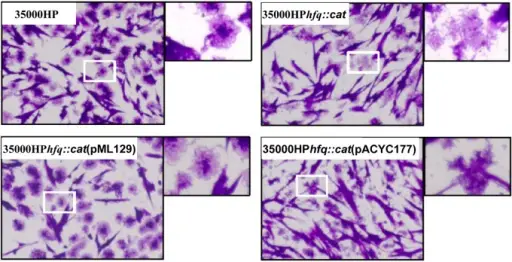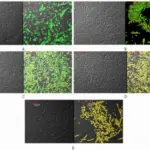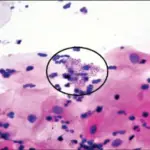Chancroid is caused by the bacterium Haemophilus ducreyi and results in painful, superficial ulcers, often with regional lymphadenopathy.
What is the Pathology of Chancroid?
The pathology of chancroid is:
-Etiology: The cause of chancroid is Haemophilus ducreyi bacteria.
-Genes involved: Not applicable.
-Pathogenesis: The sequence of events that lead to chancroid is: the bacteria enter the skin through disrupted mucosa and cause a local inflammatory reaction.
-Morphology: The morphology associated with chancroid shows small gram-negative rods.
-Histology: The histology associated with chancroid shows the zonation phenomenon at the ulcer base.
How does Chancroid Present?
Patients with chancroid typically are all genders with an age range of 21-30 years old. The symptoms, features, and clinical findings associated with chancroid include: rectal bleeding, pain with bowel movements, dyspareunia, painful urination, vaginal discharge.
How is Chancroid Diagnosed?
Chancroid is diagnosed by antigen detection, serology, and genetic amplification methods.
How is Chancroid Treated?
Chancroid is treated by antibiotics azithromycin.
What is the Prognosis of Chancroid?
The prognosis of chancroid is good. Untreated chancroid conditions may cause permanent scarring on the penis or lead to serious complications in those with a vagina.



